8 April 2018
Today, traveling between Limoges and Les Eyzies-de-Tayac-Sireuil, we visit a town of 9,331 that one of Rick Steves' writers considers the best town in France, and then two smaller medieval villages on the Dordogne River. A region of walnuts and foie gras (duck liver), and also more than 1,500 castles, making it "The Other Chateau Country".
Sarlat-la-Canéda
"Because modern history has largely passed it by, Sarlat has remained preserved and one of the towns most representative of 14th century France."
Ah hah, another French micro-brewery, with some good brews - the entrepreneur sits just outside his small shop.
Sarlat-la-Canéda
"Because modern history has largely passed it by, Sarlat has remained preserved and one of the towns most representative of 14th century France."
Ah hah, another French micro-brewery, with some good brews - the entrepreneur sits just outside his small shop.
Traditional tools/equipment, even a grinder for barley processing - artisanal beer is made here.
Well preserved stone structures in the old inner town.
Sarlat Cathedral - built over 300 years between the 14th and 17th centuries.
Up above the cathedral and the Jardin des Enfeus is an unusual structure -' La Lanterne des morts', lantern of the dead. This bullet shaped building has had various roles over time including a funeral chapel.
Gerri inside the market building (see below with the gigantic doors) - today isn't a market day, so quietness prevails.
Le Penseur the Thinker is a bronze sculpture by Auguste Rodin overlooking the market place of the medieval village of Sarlat la Caneda.
There's a story behind this small church - I can't seem to pull it out as I type now (need to update when I get back to the guidebook, now 2,000 miles from me).
La Roque-Gageac - Perched above the Dordogne River, the village is a member of the Les Plus Beaux Villages de France ("The most beautiful villages of France") association.
La Roque-Gageac - Perched above the Dordogne River, the village is a member of the Les Plus Beaux Villages de France ("The most beautiful villages of France") association.
To the right below: "The troglodyte fort set in the cliffs 40 metres above La Roque Gageac is fascinating, and significant vestiges of the 12th century construction are still standing. The strong defensive position of La Roque Gageac and the fortress whose defences continued to be elaborated up to the 17th century meant that it held an important strategic and defensive position in the area."
Several old trade boat replicas haul tourists up and down the river, which is surprisingly tidal.
Beynac-et-Cazenac - another member of the Les Plus Beaux Villages de France ("The most beautiful villages of France") association.
"Historically the first mention of Beynac dates to 1115 when Maynard de Beynac made a gift to the sisters at Fontevrault Abbey. Simon de Montfort seized the château at the end of the 12th century, but the people of Beynac recovered their château thanks to the intervention of Philippe Auguste in 1217. The château stayed in possession of the family de Beynac until 1753 when the de Beynac family became extinct in male line with Pierre last marquis of Beynac who married in 1727 Anne-Marie Boucher and had two daughters : Julie de Beynac married to the marquis de Castelnau and Claude-Marie de Beynac married in 1761 to Christophe Marie de Beaumont du Repaire. The family de Beaumont du Repaire added "Beynac" to its name and took the courtesy title of "marquis de Beaumont-Beynac". One of the descendants sold the château in 1961."
It's like a 900-year old soap opera.
(first image is from Wikipedia - the rest are not)
Les Eyzies-de-Tayac-Sireuil - we arrive in the next overnight location, tomorrow will be cave art viewing.
This locale is home to the Musée National de Préhistoire (National Museum of Prehistory) and the area contains several important archaeological sites, including the Font-de-Gaume, Grotte du Grand-Roc and Lascaux cave prehistoric rock dwellings.
This locale is home to the Musée National de Préhistoire (National Museum of Prehistory) and the area contains several important archaeological sites, including the Font-de-Gaume, Grotte du Grand-Roc and Lascaux cave prehistoric rock dwellings.

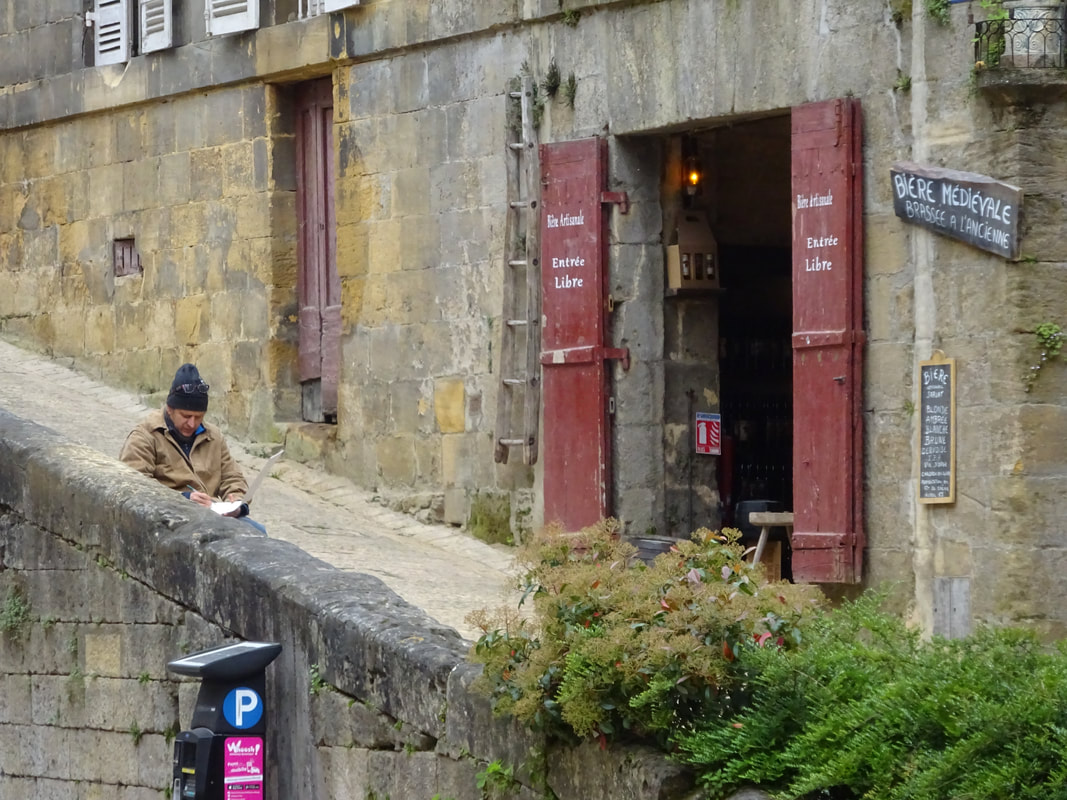



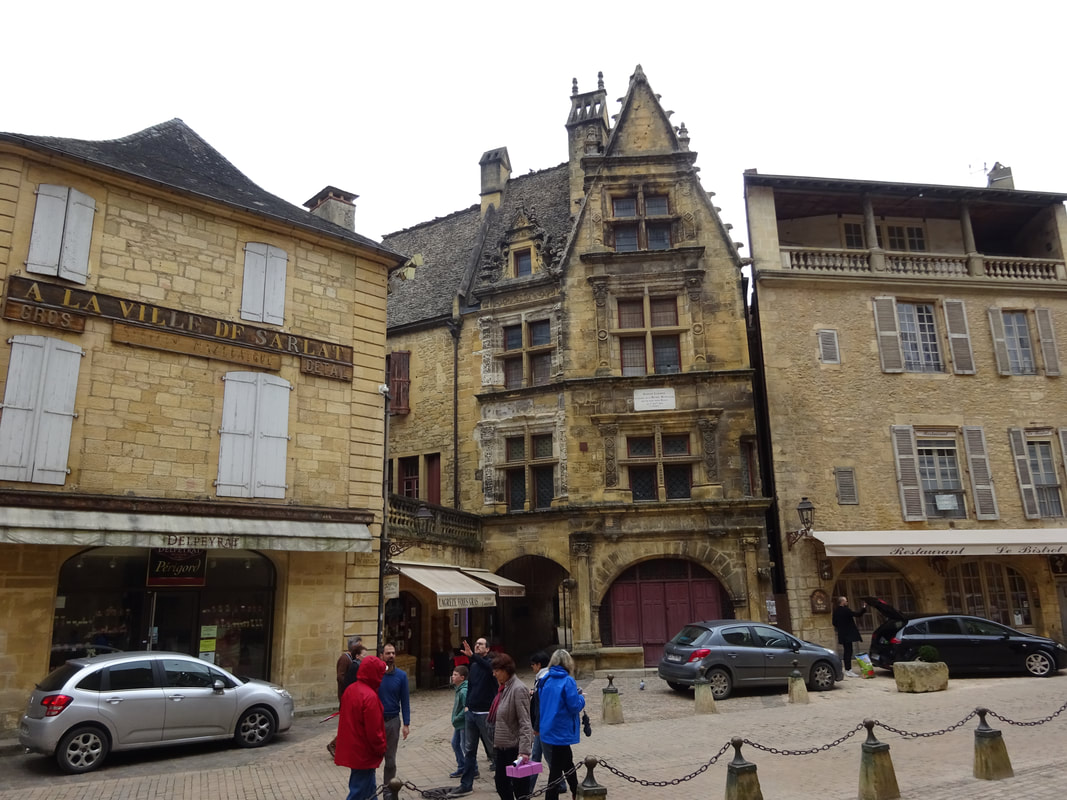



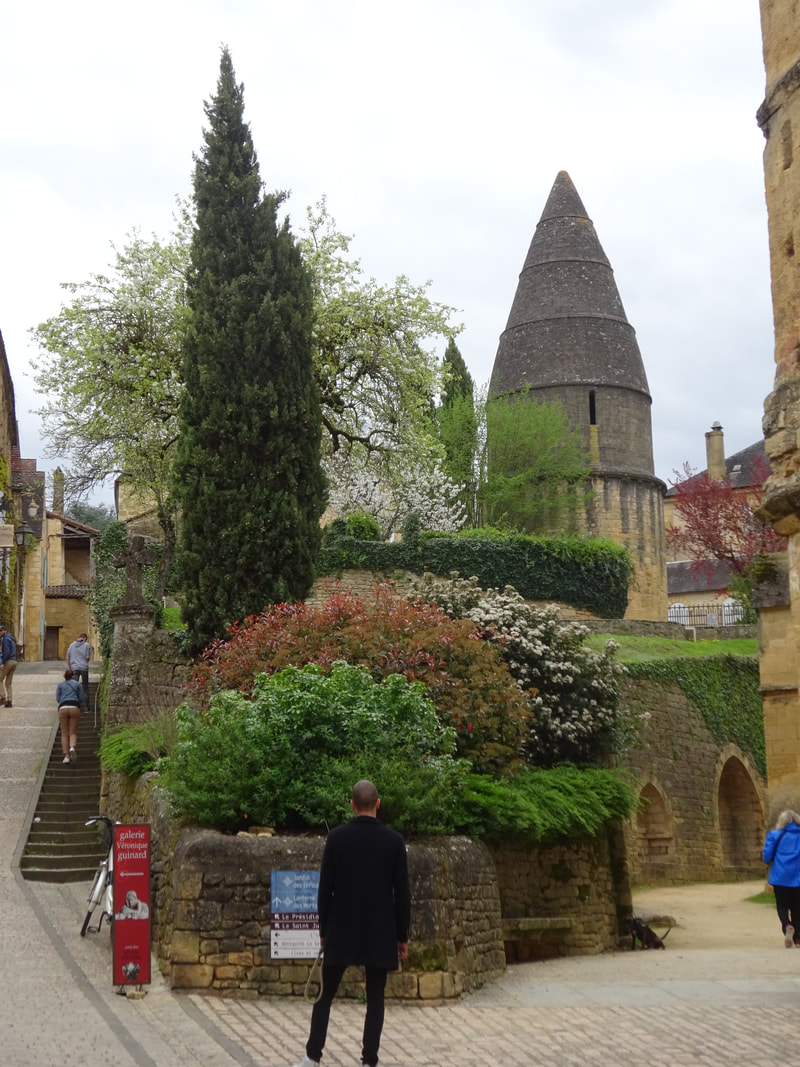













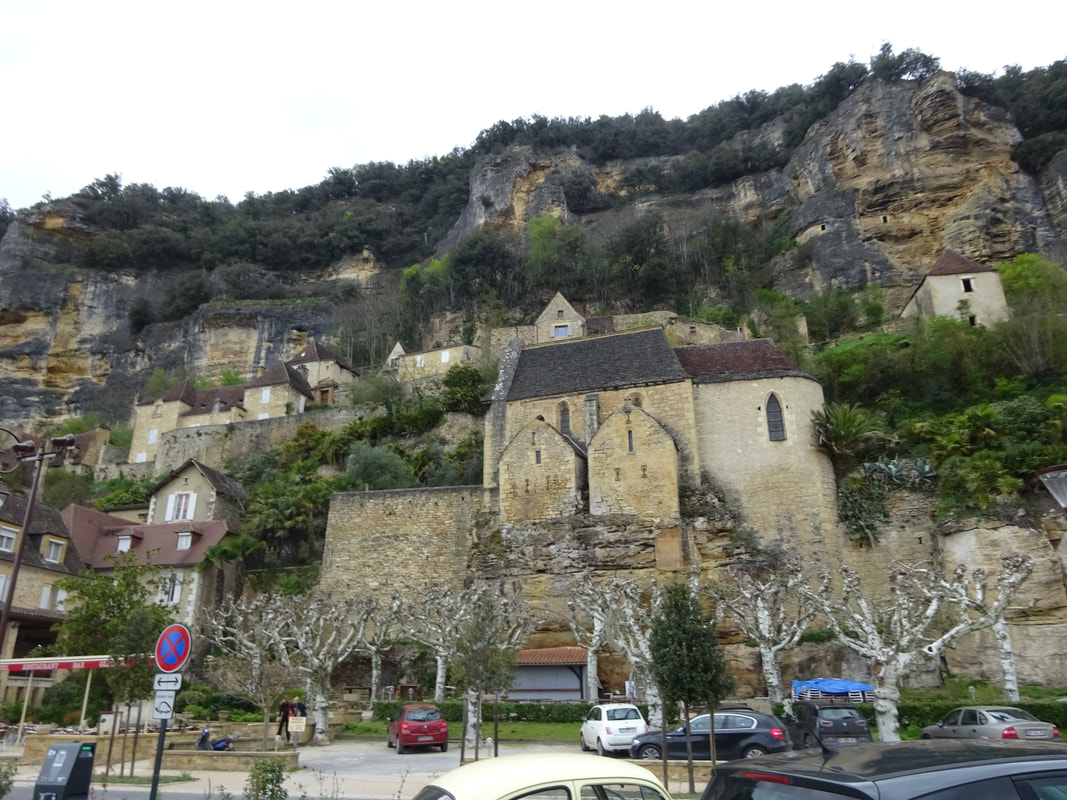


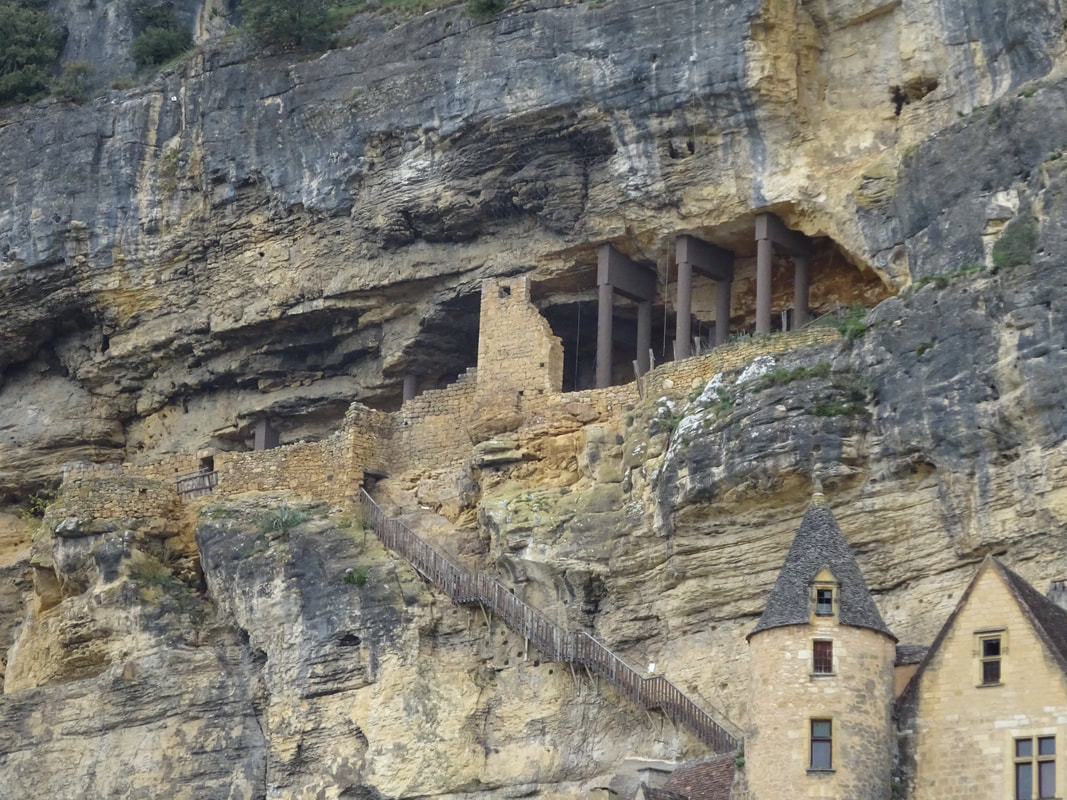






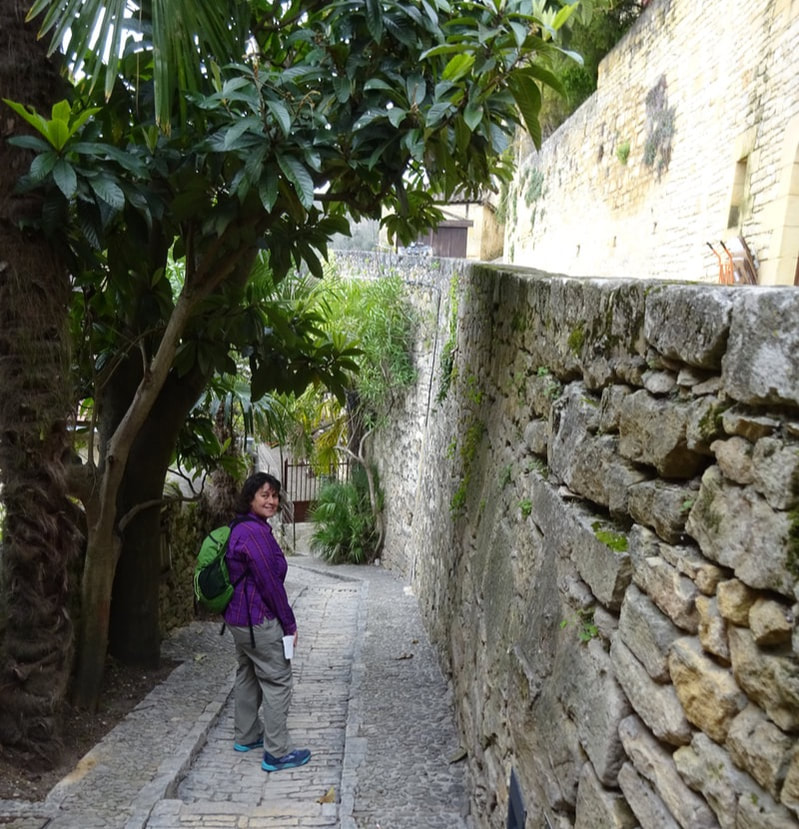


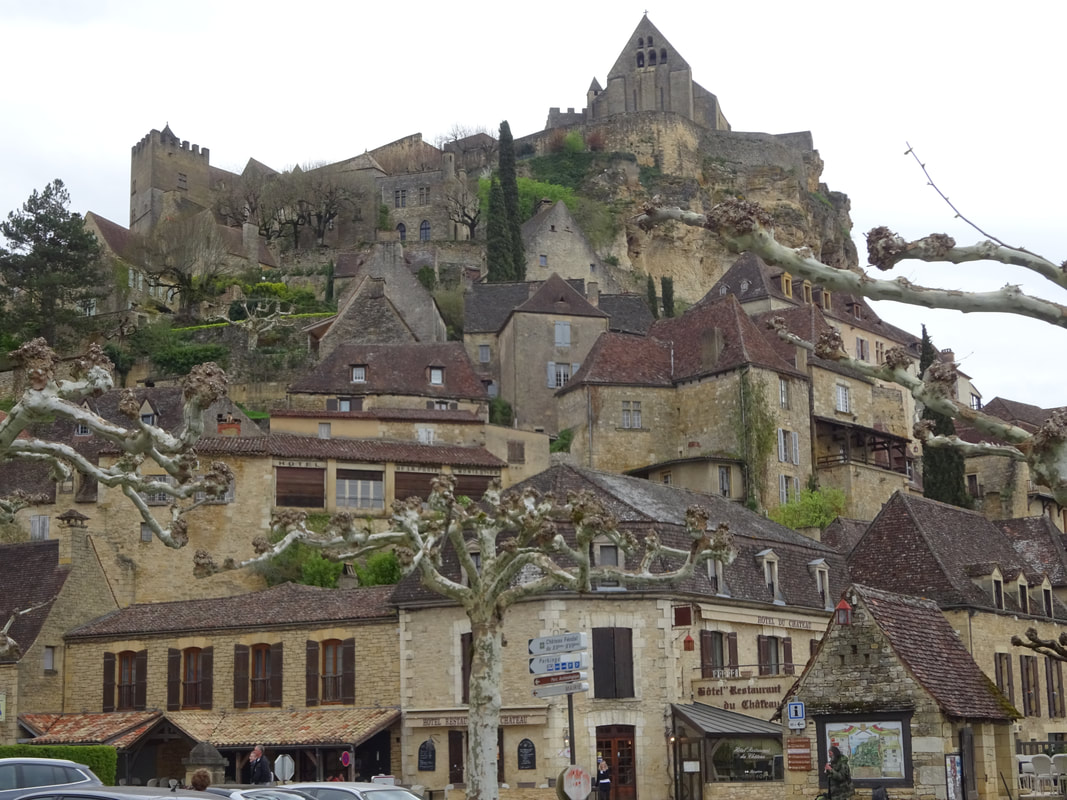




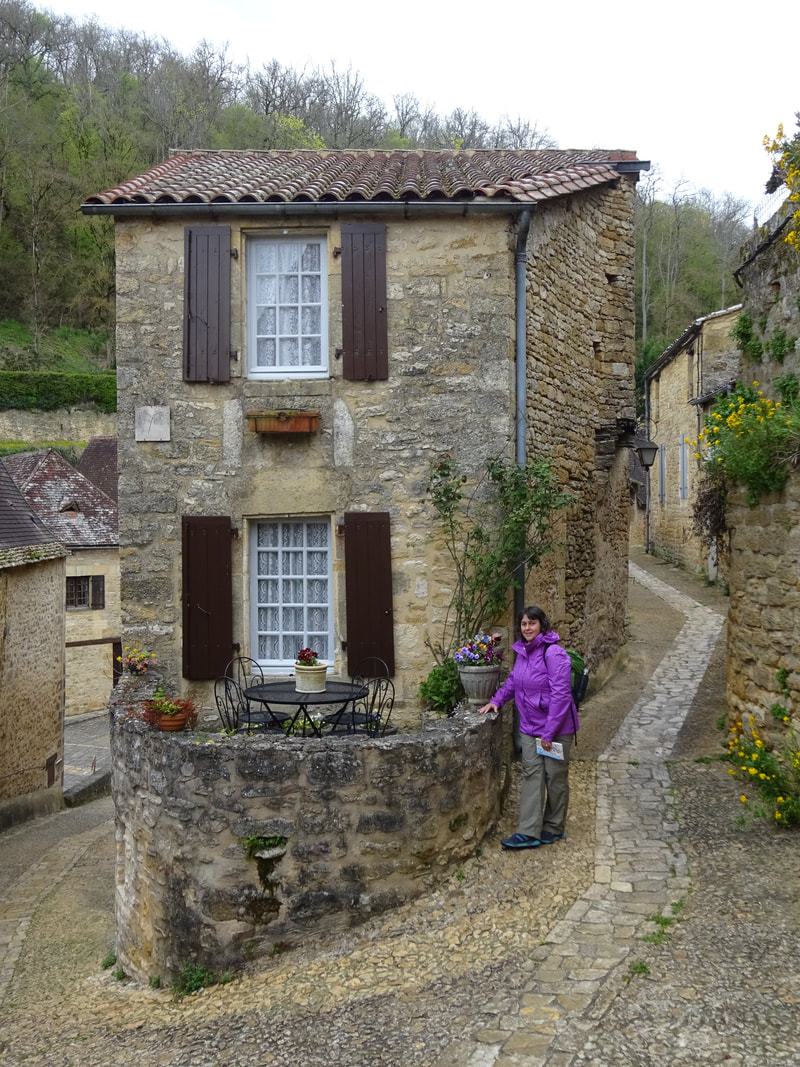
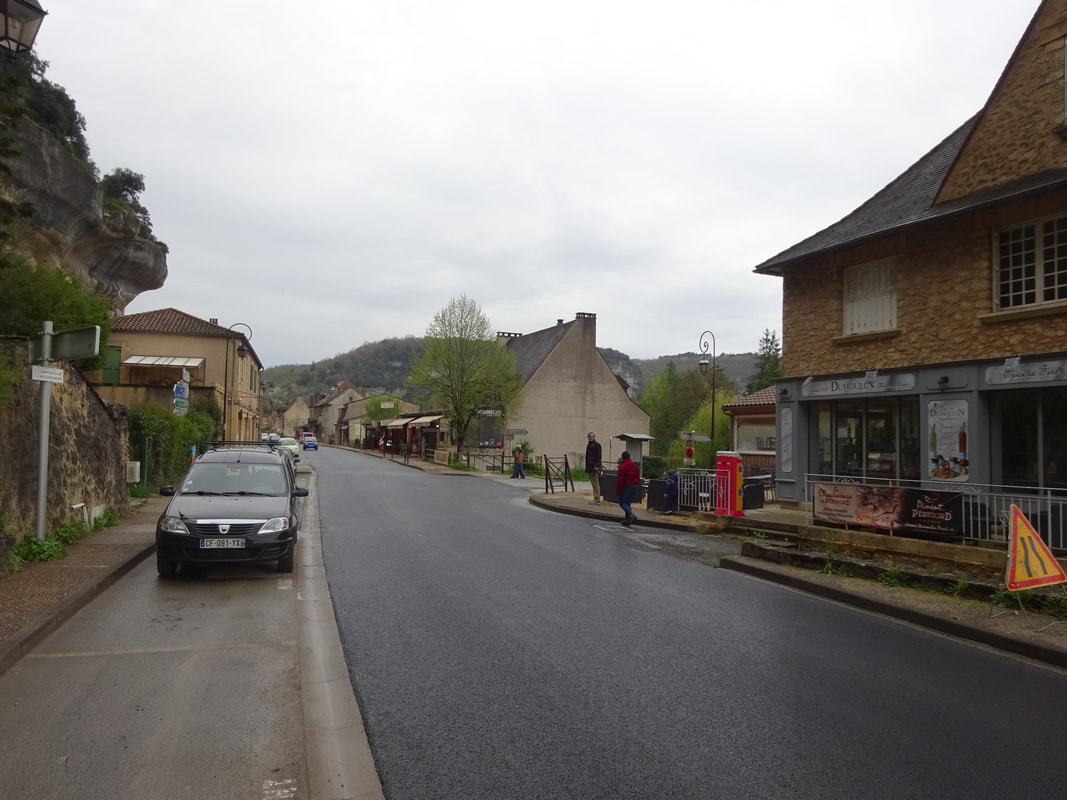


 RSS Feed
RSS Feed
